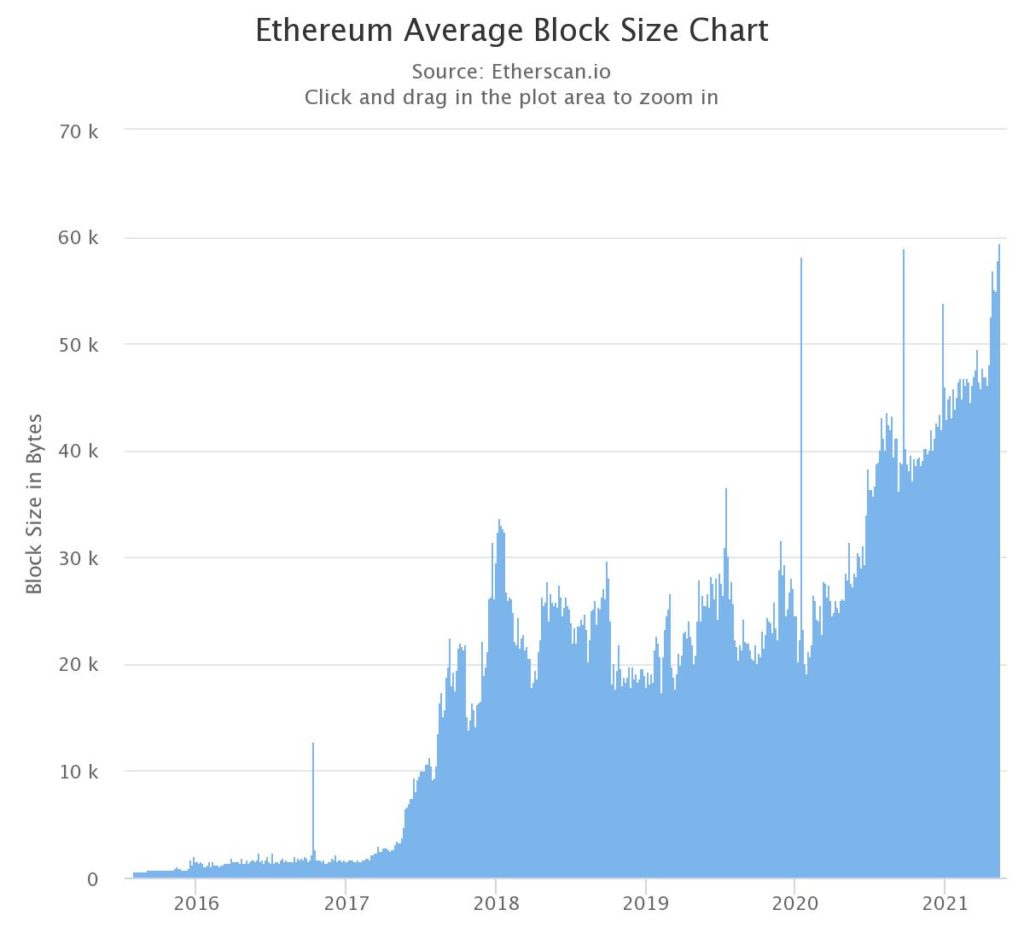As NFT craze blinds the minds of many investors and startups, there’s hardly anyone who thinks about the pitfalls that may expect them on the way.
And the truth is it’s not all pixelated sunshine and rainbows. The pitfalls are aplenty with true ownership being one of the most important questions.
Be warned NFT-padawan, if you have bought some digital art in the form of a non-fungible token to fulfill your collection, this token doesn’t necessarily belong to you.
In this article, we are going to review some dangers associated with NFT ownership and give some advice on what investors can do about them.
URLs are still centralized
Registering assets in a decentralized manner is a great step towards their security. However, since all operations with NFTs take place online, there’s no way to fully avoid centralization as all websites are seated on domains that are centralized by nature.
The links to the assets, the files themselves, NFT marketplaces – all of them reside on some websites with a single point of control.
Do you see where we’re going with this?
If the owners of these websites ever go out of business or simply forget to renew their subscription at GoDaddy or wherever they have purchased their URLs, you won’t be able to access your asset.
Can blockchain be a solution?
Sure, it can, and there are even some blockchain-based projects such as PeerName that allow their users to register domain names in a completely decentralized form. But their popularity is still too low to talk about any significant changes.
Where is the asset stored?
The next question to answer is related to the place where assets are stored.
Remember a musician 3LAU who has recently sold an NFT album for $11 million on NiftyGateway? This was exactly one of those big headlines mentioned at the beginning of the article.
Well, in only 2 weeks since that notable event the album itself was reported to be missing:
The copy of the album can still be accessed in 3LAU’s profile, but the asset itself can no longer be found anywhere online.
The problem is, the assets themselves are too big to be stored on the blockchain. With Ethereum’s block size staying below 60kB, the network is simply incapable of accommodating large files as it was designed for the storage of transactional data in the first place.

Therefore, the files themselves are usually stored on some centralized data servers with all the relevant consequences. The servers may be hacked, the data may be stolen, corrupted, or deleted by the server owners themselves.
IPFS addresses some of the storage issues
InterPlanetary File System or shortly IPFS is the technology that can solve the problem of centralized storage – to some extent. This protocol has been designed specifically to resolve the inefficiencies of the centralized web. The key flaws that IPFS aims to fix are related to
- the fragility of links as they often get broken and thus prevent users from accessing the files
- the short lifespan of the content itself on the web
- inefficient distribution of large files (e.g. videos) that consume a big portion of bandwidth when downloaded as a single piece from one computer
To resolve these problems, IPFS introduces a new approach to content distribution:
Each file in the network is assigned a unique ID (a cryptographic hash) which allows eliminating the duplicates and thus makes the storage more efficient. The nodes store only those files that they are interested in while the files’ indices help to allocate which node stores what. Thus, in order to access a specific file, all you need is its index. Since the data is stored in a decentralized and immutable way, the problem of broken links and lost files disappears.
But here’s the deal…
If an NFT marketplace launches an IPFS-based node for storing the content, that would still be done through its private gateway which means that files will be dependent on centralized storage. Another problem that IPFS cannot address is the situation when a node intentionally deletes the files that it stores.
Wait, why should anyone reinvent the wheel when BitTorrent has already released the solution many years ago? – you may ask.
That’s right, BitTorrent technologies allow multiple participants of the network to store the same file while the software on end-users’ PCs downloads these files by pieces across all the network. However, it doesn’t resolve the problem of ownership, and the project develops in a different direction since it was acquired by Justin Sun.
What can I do as an end-user?
Despite all these inefficiencies, NFTs are still a remarkable step in the whole history of the web in general and blockchain in particular!
Various projects work on resolving the problems of the market, one at a time. For example, Filecoin, Sia, Storj, Arweave, and a few others work on providing users with decentralized storage that would not depend on a single server.
However, the incredible youth of the blockchain industry results in its fragmentation, as all these projects act independently and are unable to become real game-changers.
So, if you have acquired some NFTs – or want to buy crypto art, what can you do about it?
- First of all, check where they are stored. The service CheckMyNFT could be of use here, though it only works with Ethereum-based tokens. If your NFT is based on TRON or any other blockchain, you should look out for similar options.
- Next, pin your file via IPFS2arweave.com. Running on Arweave blockchain, this service adds permanency to the data stored via IPFS to provide their availability at all times.
- If you store your assets on some web platform, make sure that you have protected your account diligently. Blockchain would be of no use against hackers if you use password123 and neglect 2FA where it is available.
- Back up the most important data. NFTs prove your ownership of specific files while the files themselves can be stored anywhere. To avoid the loss of your data, make sure that you have a reserve copy at least on a couple of other storage platforms and one more on a removable flash drive.
Remember, though, that all these methods represent quick and dirty hacks as they mostly rely on the same centralized web technologies and platforms that may go out of business at any time.
It seems that we still have a pretty long way to go before the internet becomes truly decentralized and secure. However, the first foundation stones are set.
The time will show how it all will evolve.

